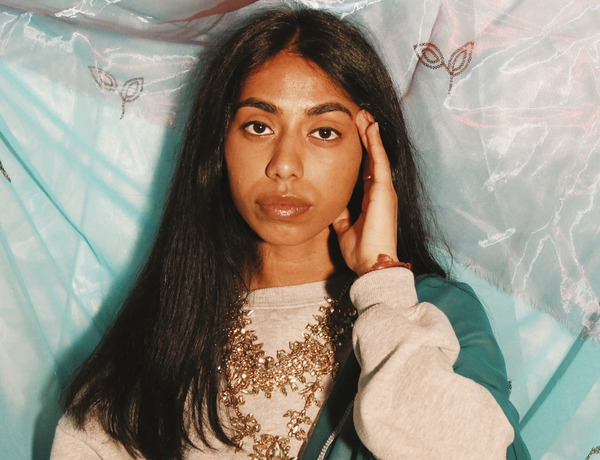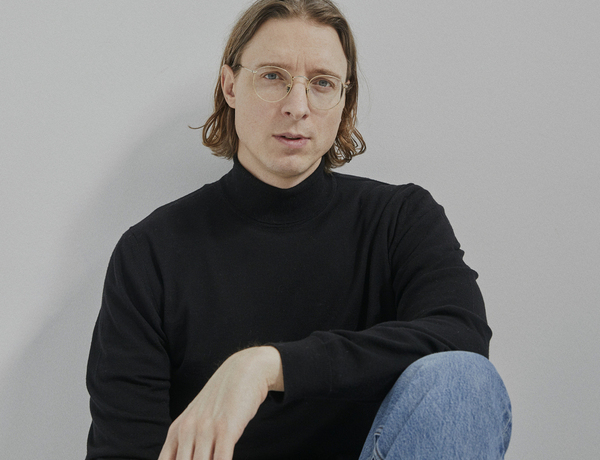Interview with Paw Poulsen
Could you tell us a bit about yourself?
I’m a graphic designer from Copenhagen. I graduated from the Danish School of Media and Journalism in 2018, with an exchange at the Royal Academy of Arts, The Hague. During my last semester I did an internship at Spassky Fischer in Paris and Wrong Studio here in Copenhagen. Now I work as a designer at e-Types – mainly working on new visual identities and redesigns. Besides work I run a small publishing company with my two friends (Emil and Jakob) called Amulet. We just released our first publication Amulet Magasin 1.
Where did you grow up?
I grew up in a part of Copenhagen called Vesterbro. My parents both moved here in the ’80s where especially my dad was a part of the squatting movement – questioning the idea of property and authority. Vesterbro back then was mainly inhabited by the lower working class and had a lot of criminality. During my childhood Vesterbro blossomed into an attractive neighbourhood through urban renewal. Now it’s the creative middle-class mekka.
What initially inspired you to pursue a career in Graphic Design?
As many others it started with drawing. I was very much into Dragon Ball Z and the whole Japanese manga thing. I would read the comic books, and when I saw a nice drawing I would try to replicate it. That slowly developed into a fascination of the more technical aspects. I started learning a lot of different graphic softwares and through that I discovered typography.
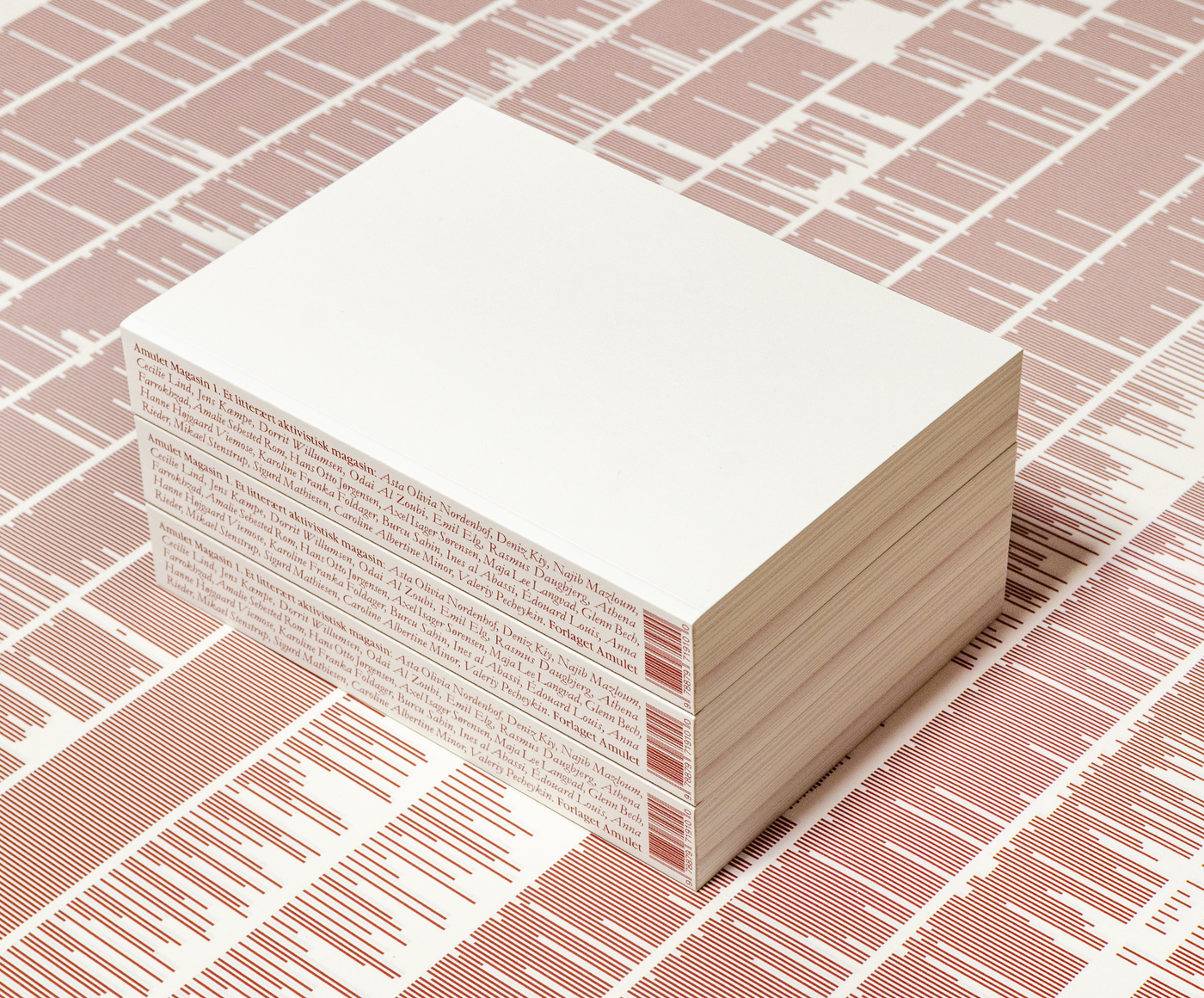

How is the current situation affecting you and your work as an artist/creative living in Copenhagen?
The virus quarantine didn’t have that many consequences for me professionally. I can work from home and have online meetings – so work almost feels normal. But with such an overshadowing crisis worldwide, I had the feeling that my work feels kinda unnecessary: who really needs a new visual identity right now?. I imagine many people have that feeling right now.
How would you describe your creative process?
Regardless if I start with a pitch or a personal project I try to start out with a very divergent and fun mindset. I do tons of very bad ideas very fast, and usually I try to come up with some sort of system here as well. After some time I find it natural to elaborate on one of the ideas and make something “right”. I quickly get bored in this part of the process. At the end of the process I nerd out with spacing and sizes. It’s very satisfying if the system works in the end.
Does your city and surroundings influence you as a creative and individual?
Both yes and no. Surroundings will always affect you in some way, both on a conscious and unconscious level. That being said, my main source of inspiration is probably via the internet so I think I would be doing almost the same kind of work if I lived in another city. Working mainly with typography I think that language would have a bigger influence on my work. I really dislike the visual appearance of the danish language, so sometimes I try to avoid it. If I were Czech or French – they both have beautiful looking words – I would use the language more.
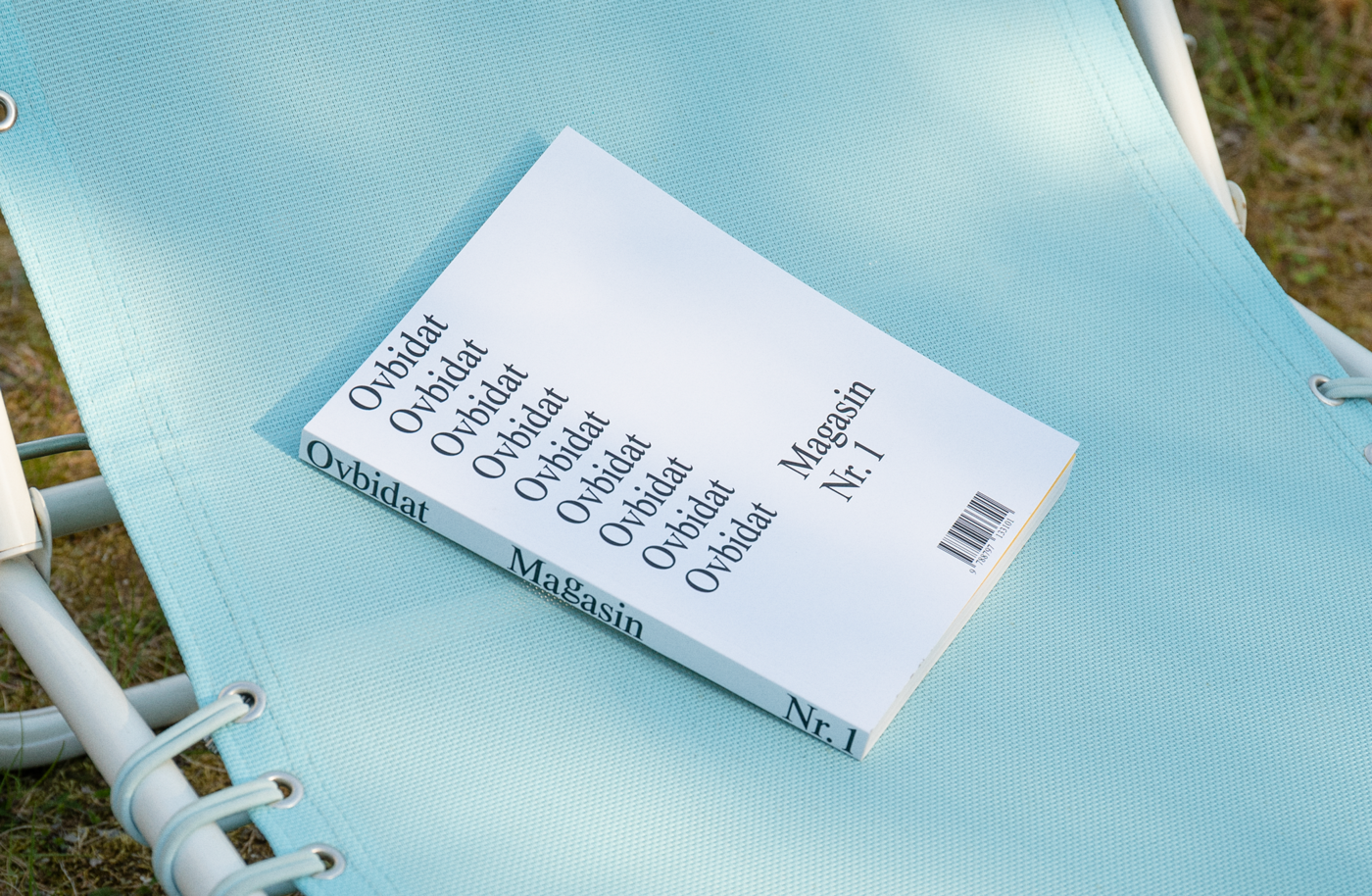
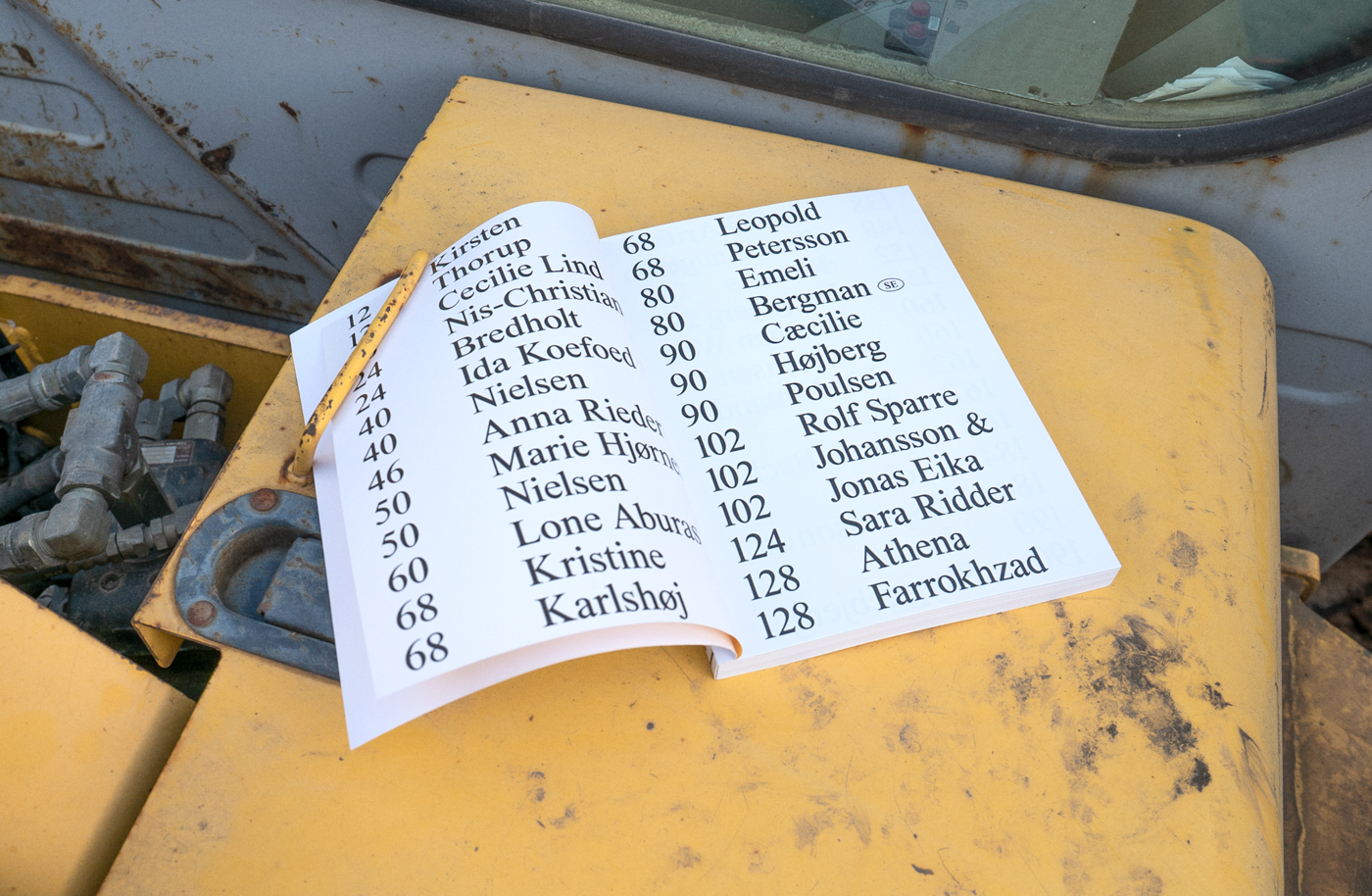
What do you struggle with the most in terms of working and living in a city like Copenhagen?
Sometimes it can feel quite small – everyone complains about this. But I guess it’s also part of the charm.
The responsibility of the council in every city is to provide a solid foundation of design, art and cultural facilities, is that evident in Copenhagen?
Yes, it’s very common in my network to disagree with the sitting minister for culture, no matter who it is – including myself. It’s almost a tradition. At the same time I'm very grateful for the many initiatives funded by the state/council and private foundations. Our first publication at Amulet was completely founded by the danish art foundation, I’m very grateful for that, and aware that it’s a huge privilege.
Do you think it is also the responsibility of the designer/creative to improve the quality of people's lives in their city?
I wouldn't put creatives on a pedestal and say that they have a bigger responsibility than everyone else. I guess it’s everyone's responsibility to improve the quality of life in the city.
Can you tell us about any current or future projects that you are particularly excited about?
At Amulet we just finished a very ambitious magazine with 25 different texts spanning over 440 pages – It took almost a year to make. The texts are a mix of short stories, novel excerpts, poems, drama and text analysis, mostly with a political narrative. We are very proud of the final result, and all the amazing writers wanting to contribute.
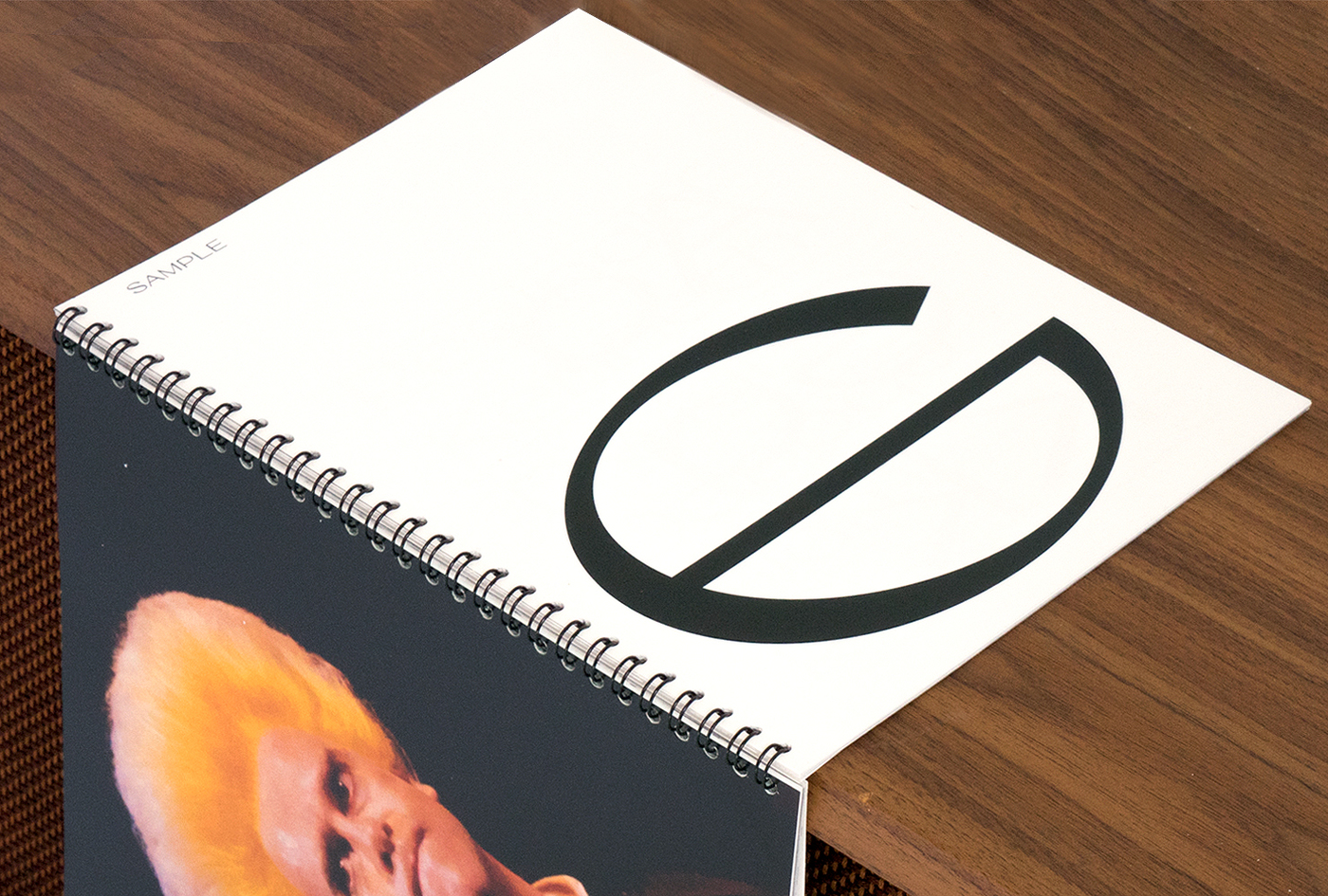
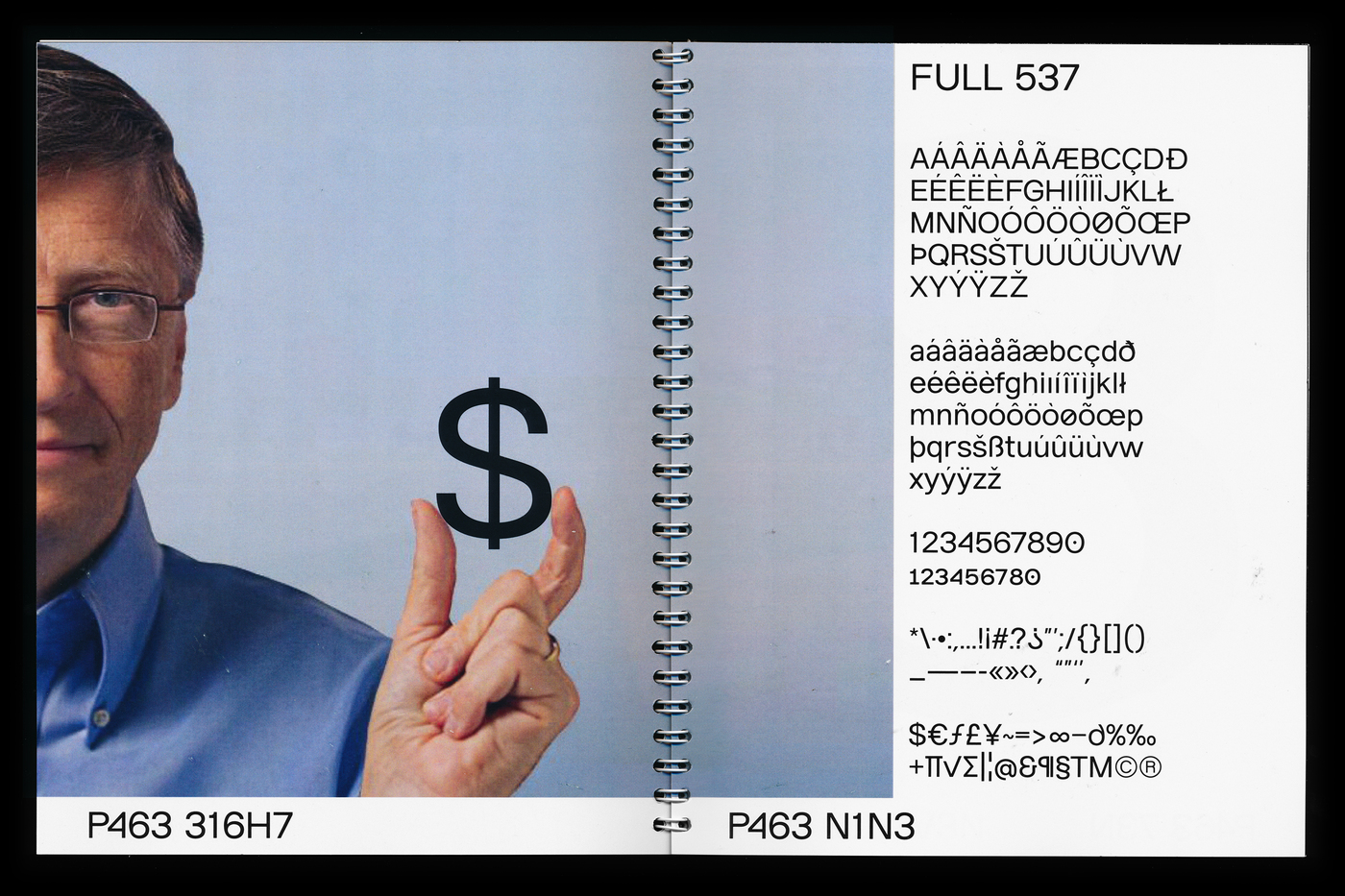
What is the one thing you can’t live without in Copenhagen?
My favourite shawarma from “Kebabistan” – and my family and friends <3
If you could add or change something about Copenhagen, what would that be?
I think some people invest in housing for the wrong reasons, which is pushing the market. It would be a boring city if only the wealthy lived here. The “unwealthy” are creating the city and the value that the investors are capitalising on.
If you could choose any artist/creative from Copenhagen to collaborate with, who would that be and why?
My big sister is a goldsmith apprentice, and we never did any designs together. I would really like to do something shining with her soon.
What do you do to switch off?
I go swimming in Frederiksberg Svømmehal which is a beautiful indoor swimming pool built in the ’30s with huge mosaic murals – and a water slide (not from the ’30s). Or else I go for a walk in Søndermarken which is a big park close to my home in Frederiksberg.
Sometimes people relate a specific smell to the city they live in or the place they grew up, does Copenhagen evoke a personal smell to you?
I grew up close to the old Carlsberg brewery. Many mornings when walking to school there would be a smell of hops from the brew production.
What is your favourite time of the day
In danish we have a term called “fyraften” which means off work, and typically it’s associated with beer.
If you weren’t living in Copenhagen and could choose any city to live in where would that be, and why?
No idea actually, I like so many places. I will spend some quarantine time diving into all of your recommendations to get inspired. Thanks for the interview!
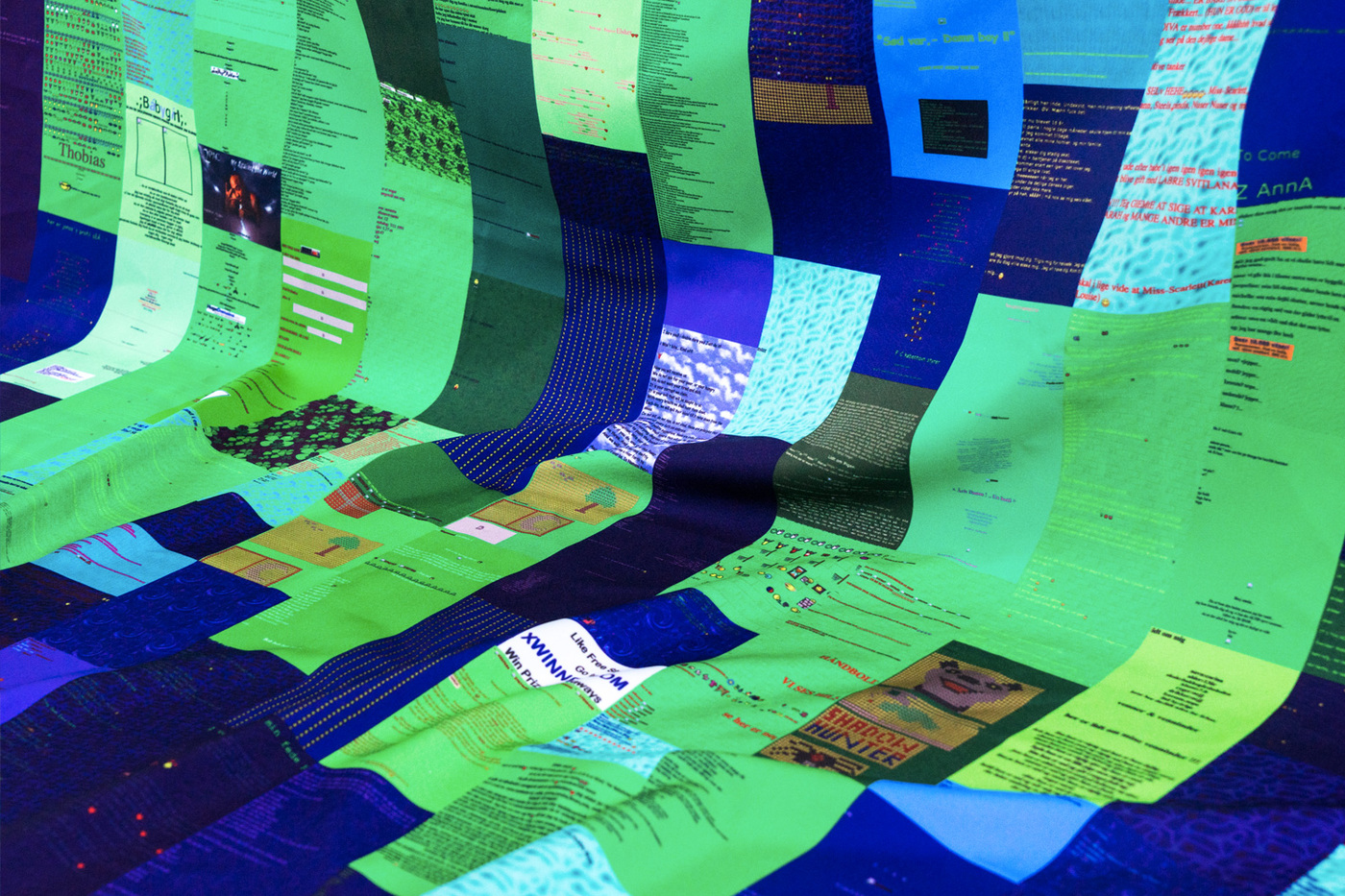
Copenhagen by paw poulsen
A selection of places in Copenhagen - recommended by graphic designer Paw Poulsen. See all of Paw's favourite places here
More Interviews


